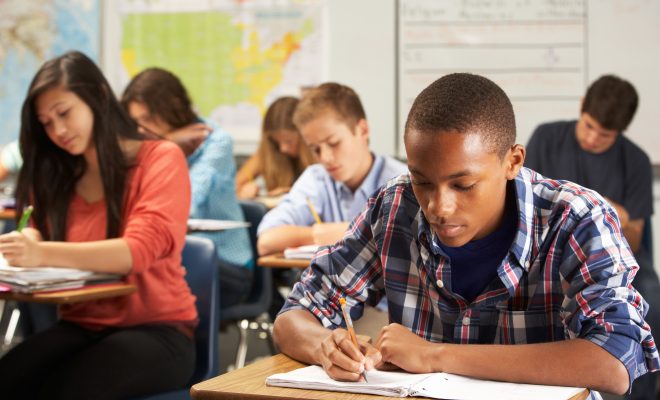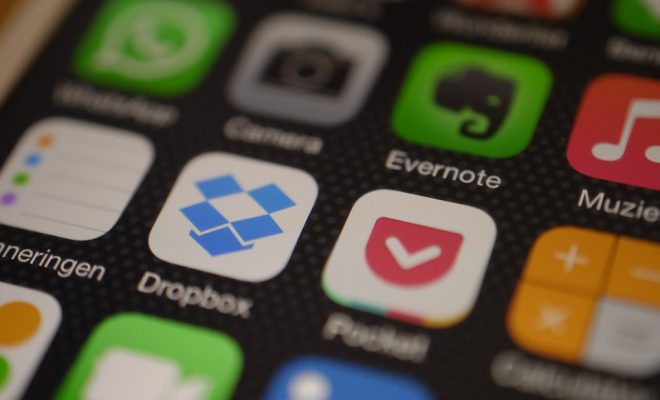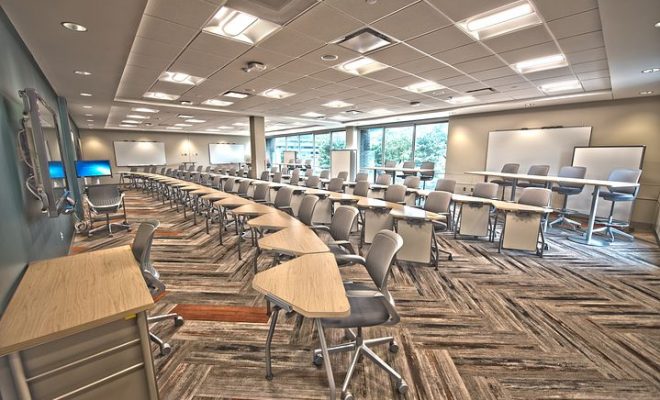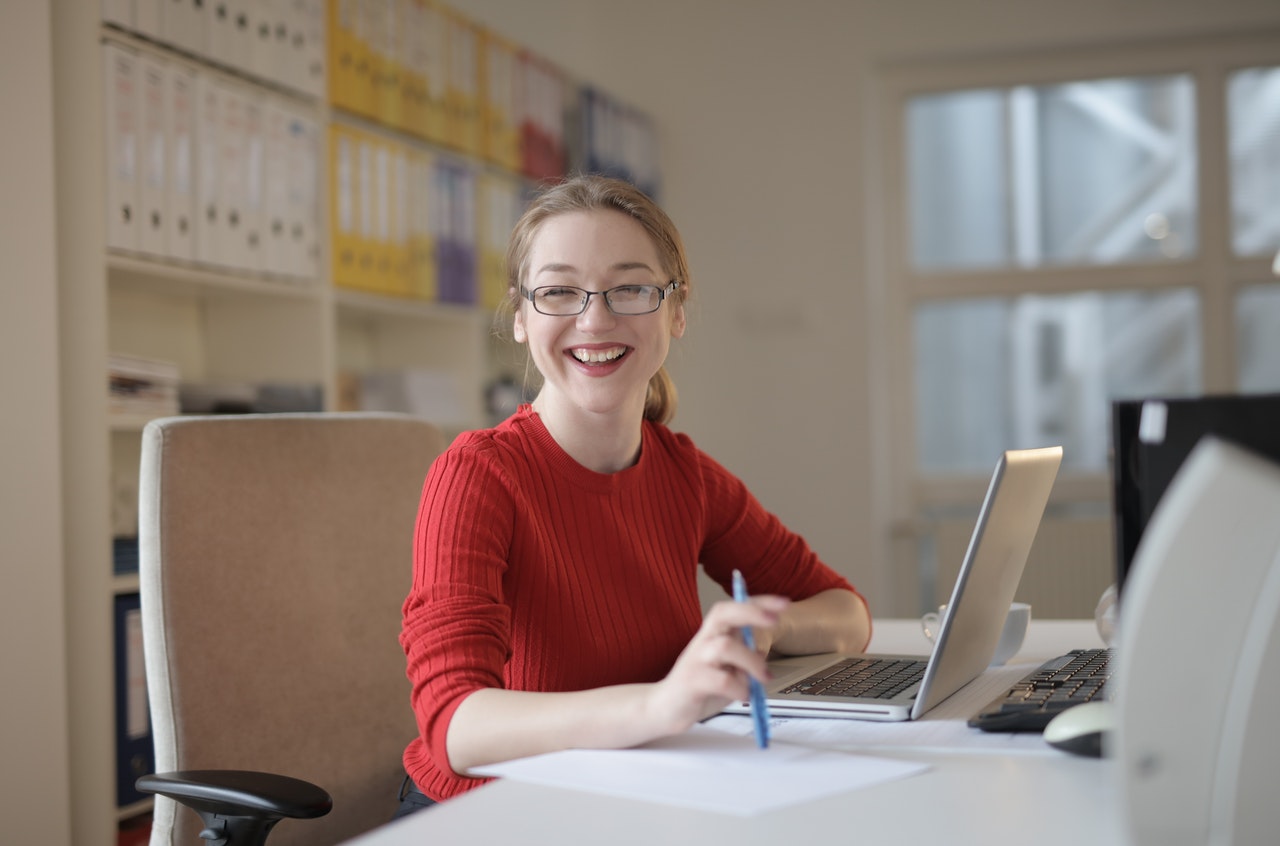7 Misconceptions About the Blended Classroom

The blended classroom is becoming a popular way of teaching. Not only has it demonstrated an increase in academic results, but learners much prefer the style of learning in this manner more than that of traditional methods.
What Is a Blended Classroom?
A “blended classroom” is a type of blended learning that focuses on learner engagement and active learning. In the classes, learners arrive having already learned a portion of the classwork at home. They then spend class time doing classwork with the educator’s assistance.
However, most people do not understand what a blended classroom is and why it is so beneficial. We will be examining 7 misconceptions about this educational approach.
You Flip the Classroom, or You Don’t
Most people believe that the blended classroom is black or white. You either flip the classroom, or you don’t flip it at all.
But, this is not true. Educators can flip the classroom for one lecture or for a whole semester. Educators can choose whether or not a specific section requires a blended classroom or not.
“Blended Classroom” Is a Buzzword
The blended classroom approach has been around for many years, even though it may not have been known as “blended education.” Regardless, making learners arrive prepared for class and spending lessons discussing that work is an effective way of teaching that isn’t lessened by the popularity of the term.
The At-home Content Has to Include a Video
Videos are one of the most popular forms of blended content. Note, however, that this does not imply all content must be taught via videos.
Educators can decide what type of content they want their learners to look over. Some prefer videos, and some go with old-fashioned textbooks.
Learners can use platforms such as Pedagogue to interact with their classmates when completing at-home content. Pedagogue can be used to make what is known as a ‘virtual classroom.’ The learners can interact with their classmates using video conferences and audio calls.
The Educator Has to Be In the Video
Most people believe that educators have to feature in the videos that they give their learners. Since they are paid for their teaching skills this means they have to teach the kids, even through a video, right?
Wrong. Not all educators are natural in front of a camera, and because of this some won’t do the lesson justice. There are lots of educational videos online, such as TED Talks or educational ones by The Khan Academy.
The Educator Needs to Be Technologically Smart
A blended classroom does require the use of tech. However, it requires basic skills that many people already possess.
It Takes a Lot to Flip a Classroom
Flipping the classroom takes time, but only at first. After it has been applied, it will end up saving time.
Learner’s May Not Like the Methodology
Teenagers are known for disliking homework and avoiding schoolwork. This could become a problem for the blended classroom, as some learners could neglect the pre-lesson work.
However, if educators ask individual learners questions on the work in every lesson, students will be motivated to put in the work at home. No one wants to be called out in front of the class for not doing what they were assigned.




